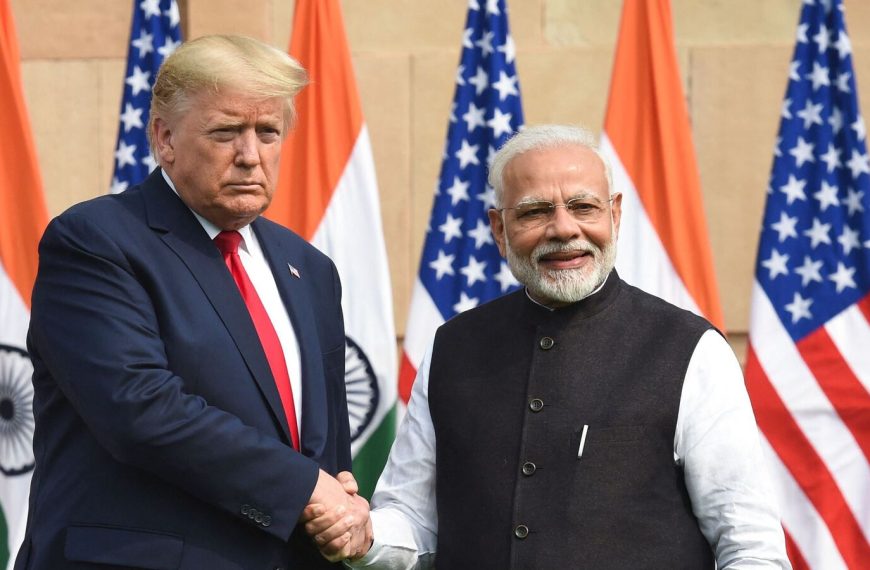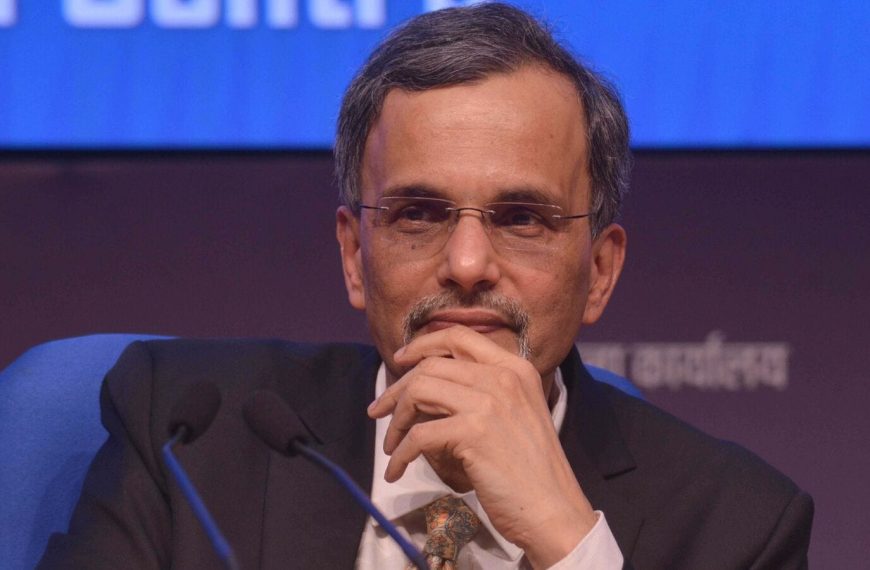The global economic landscape is facing significant challenges as tensions between the United States and China escalate, raising concerns for neighboring Asian nations, including India. According to a report from a leading global ratings agency, the economic policies implemented by U.S. President Donald Trump could introduce considerable risks to regional growth. Nicky Dang, Senior Vice President of Credit Strategy & Guidance at Moody’s, emphasized that the ongoing U.S.-China trade conflict could adversely affect the entire Asian economy.
Implications of U.S.-China Trade Tensions
The current trade scenario has prompted Moody’s to reassess growth forecasts for the region. Dang noted that while countries with large domestic markets, particularly India, may find opportunities amid the tariff disputes, any significant influx of investment will take time. She stated, “Economies with substantial domestic markets, like India, may see an uptick as businesses look to penetrate these markets, but a major shift in investment patterns is expected to unfold over several years.”
- Key Takeaways:
- Escalating tensions between the U.S. and China pose risks to Asian economies.
- India could benefit from companies seeking new markets.
- Major shifts in investment flows will require time to materialize.
U.S. Tariff Policies and Their Impact
In a recent move, President Trump delayed the implementation of certain tariffs for three months, while maintaining a hefty 125% tariff on China. However, an additional 10% duty on various exports to the U.S. remains in effect. Moody’s Analytics has adjusted its projections for India’s growth in 2025, lowering it from 6.4% to 6.1%, indicating a cautious outlook in light of these developments.
The pause in tariff escalations may ease some immediate pressures on trade and growth within the region. Nonetheless, Dang warns that the persistent uncertainty surrounding U.S. trade policies threatens to dampen business confidence and consumer sentiment, which could lead to decreased domestic demand and slower growth prospects.
The Future of Global Trade Dynamics
While the recent tariff pause may provide temporary relief, it does not signify a return to stable global trade agreements. The overarching goal of the Trump administration to reshore manufacturing to the U.S. remains unchanged, contributing to a climate of trade policy uncertainty.
Recent signals suggest that the traditional trust-based global trade framework is shifting, which could have far-reaching consequences for the global economy.
Opportunities for India and the U.S.
Amidst these challenges, exporters and trade experts in India see the next 90 days as a vital opportunity to advance negotiations on a proposed bilateral trade agreement (BTA) with the United States. Both nations aim to significantly increase bilateral trade from approximately $191 billion to $500 billion by 2023, with hopes of finalizing the first phase of discussions by the fall of this year.
As Dang remarked, “The 90-day pause offers room for negotiations to secure more favorable terms. However, higher tariffs continue to exert inflationary pressures on the U.S. economy.” The ongoing uncertainties in policy could further weaken business and consumer sentiment, posing additional risks to growth.
In conclusion, the evolving trade dynamics between the U.S. and China present both challenges and opportunities for countries like India. As negotiations progress, the region’s economic outlook will depend on how swiftly nations adapt to these changes in the global trade environment.











